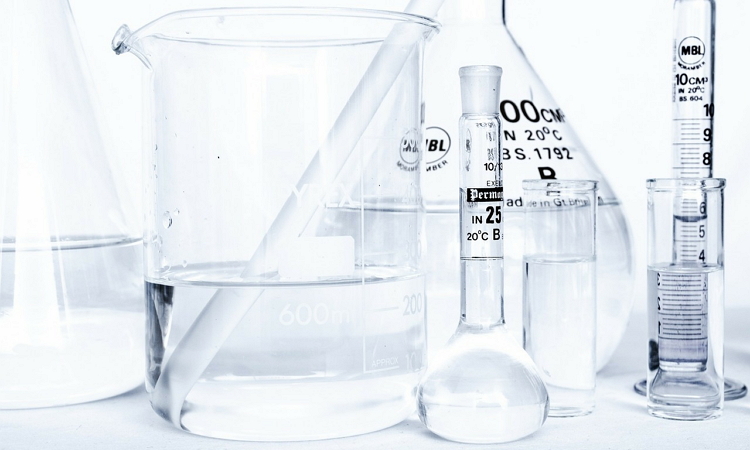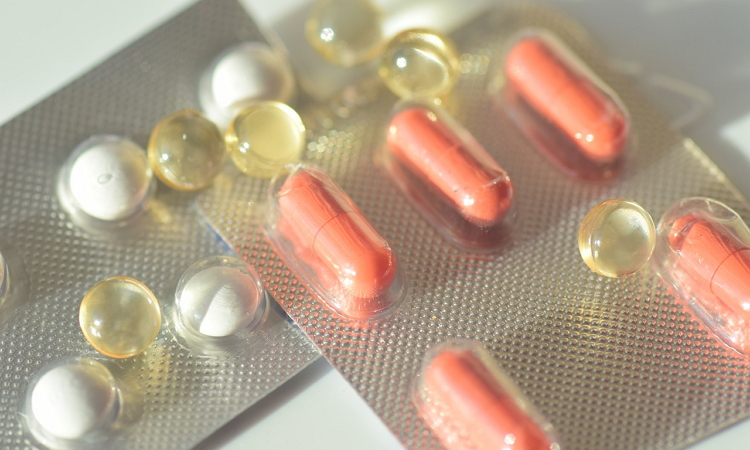What is Pharmacovigilance and Why Does it Matter?
The importance of pharmacovigilance cannot be understated, but do you know what it means? We discuss what it is, why it matters and how Lenus can help shape the future of drug safety.
Pharmacovigilance is the beating heart of pharmaceutical production. Without it, there would be no way to assess the effectiveness of drugs in comparison to their side effects. Pharmacovigilance, also known as PV, is designed to protect patients and enable the dissemination of knowledge amongst professionals to minimise the risk of adverse events.
What is pharmacovigilance defined as?
According to the World Health Organisation, pharmacovigilance is defined as:
“…the science and activities relating to the detection, assessment, understanding and prevention of adverse
effects or any other drug-related problem.”
Essentially, it is drug safety. Pharmacovigilance ensures the rigorous testing of clinical drugs to improve patient care and reduce the risk of negative side effects. Present throughout the drug lifecycle, PV certifies whether a drug works and if it is safe to use.

What is an adverse event?
An adverse event is a negative reaction caused by taking a drug, more commonly known as a side effect. This can include any unexpected or unwanted symptoms experienced by the patient, including temporary reactions and those previously not associated with that drug.
A serious adverse event is a reaction that causes life-threatening harm to the individual, resulting in hospitalisation, significant disability or incapacitation, congenital abnormality, or at worst, death. Anything that requires intervention to prevent these is also classified as serious. In any case, adverse event reporting is compulsory and critical to the success of PV.
What does pharmacovigilance do?
The role of pharmacovigilance is to assess whether the benefits of a drug outweigh the risks and it doesn’t stop after the drugs are certified. PV involves ongoing monitoring of drugs to ensure they remain safe for use, especially since previously undetected adverse events can occur at any time.
In fact, there are several reasons why clinical trials may not uncover every possible side effect. The number of people who receive the drug in a trial will be a relatively small number in comparison to general distribution, so it is likely additional reactions will happen.
What’s more, clinical trials are actively controlled to protect high-risk patients, so certain groups such as the elderly may not be involved in the trial, but may be prescribed the medication for general use. Monitoring of the drug may also be less strict once it is certified, which will inevitably introduce more variables.

So, why is pharmacovigilance important?
While it may seem obvious to thoroughly test and monitor the safety of drugs, the process wasn’t formalised until the 1960s after the infamous thalidomide incident. Introduced in 1957, thalidomide was used as a sedative for sleeplessness and was deemed safe for use by pregnant women. The drug also seemed to alleviate morning sickness, so quickly became popular among expectant mothers.
Fast forward to 1962 and the true effects of the drug were revealed. It was proven to be a teratogen, responsible for the deformity of thousands of children. As a result, new stringent testing laws were introduced and evolved into what we now know as pharmacovigilance.
PV is absolutely crucial during the clinical research phase of drug development to ensure it is safe for distribution, but it is also vital to continuously monitor the drug. Post-market safety monitoring is the only way to get an accurate picture of a drug’s safety and ensure adverse events are properly reported for review, for instance through the FDA’s MedWatch gateway.
What does the future hold?
Historically, pharmaceutical companies have controlled the generation and distribution of information about their range of products. However, the rapid pace of innovation and adoption of consumer health technologies in the form of wearables, sensors and digital services has weakened this control.
The use of digital technologies offers pharma companies the opportunity to deliver a step change in the efficiency, speed and quality of pharmacovigilance programmes.
The combination of patient-generated health data with datasets held by healthcare providers and machine learning models offers pharmaceuticals the opportunity to generate new insights at a pace and scale that hitherto has not been possible. These insights extend not only to drug safety and efficacy, but also to quality of life indicators that can support drug adoption.
To exploit this opportunity, pharma companies will require new digital infrastructure to collect and aggregate this patient-generated health data at scale while ensuring that patient consent is respected.

How Lenus can help
The Lenus digital health platform supports the rapid development and deployment of digital services that can collect and share patient-reported outcomes in a consent driven way. The open architecture, enforcement of data interoperability standards and suite of Data APIs enable new digital services that collect patient-reported data to be developed quickly.
Equally, the existing integrations to popular consumer health technologies such as Fitbit, MyFitnessPal and Apple HealthKit enable common wearables and apps to be deployed to support these programmes.
Two-way data integration with electronic health records from NHS organisations will also enable patient-generated health data to be joined with statutory health data sets around admissions and diagnosis to build a complete picture of an individual’s health journey.
Lenus is available as a digital health platform and comes with a number of existing services, such as Hypertension Management, Diabetes Prevention, and more. Get in touch to find out how Lenus can help you deliver pharmacovigilance programmes at scale.